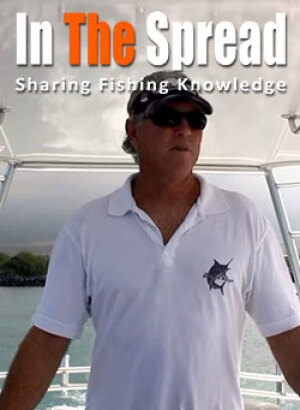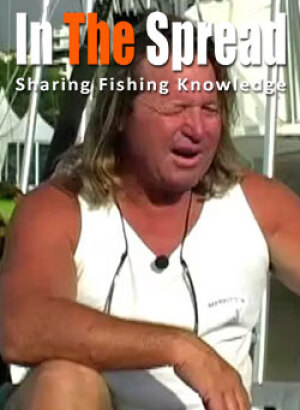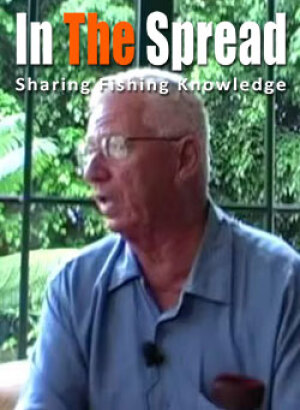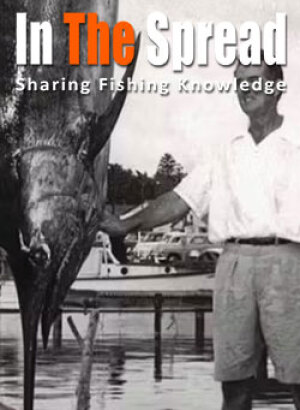Hogfish is a species of wrasse native to the Western Atlantic Ocean, found in waters from North Carolina to Brazil. It is a popular gamefish with a distinctive pig-like snout and is found in warm and shallow waters. Targeting hogfish is best during summer months, with winter months being best for deeper, warmer waters and around structure and reefs.
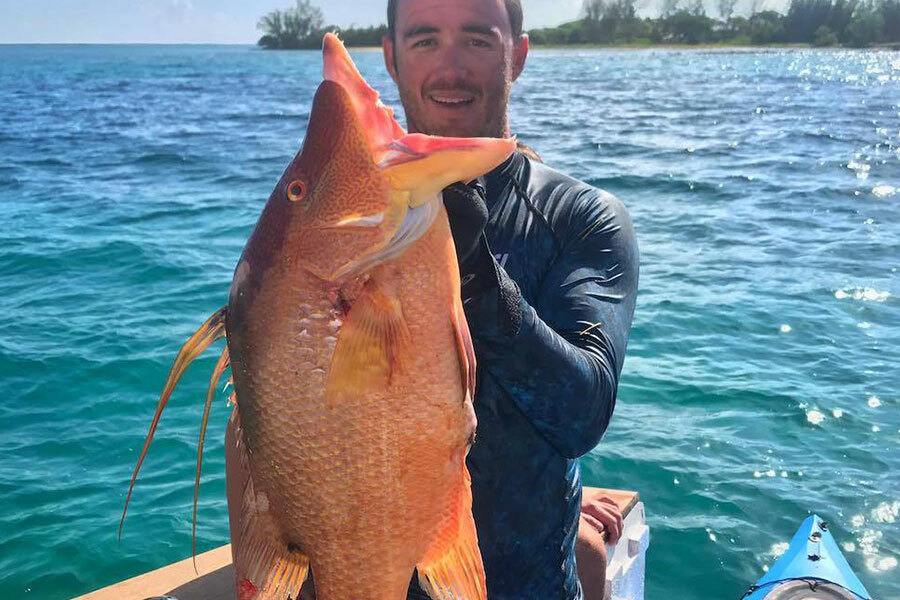
Hogfish - Fishing Basics
A hogfish is a species of wrasse native to the Western Atlantic Ocean. It is found in waters from North Carolina to Brazil, and is a popular gamefish. It typically grows to be between 18 and 24 inches long, and has a distinctive, pig-like snout.
The taxonomy or scientific classification of the hogfish (Lachnolaimus maximus) is quite interesting. The hogfish belongs to the family Labridae, which is part of the order Perciformes. It is the only species in its genus, Lachnolaimus, and is closely related to other wrasses, such as cuckoo wrasses and fairy wrasses. The hogfish is further divided into two subspecies, Lachnolaimus maximus maximus and Lachnolaimus maximus caribbaeus, which are found in different oceanic regions. This species is also known to hybridize with other closely related wrasses, particularly the cuckoo wrasse. Its anatomy is quite distinct, with a laterally compressed body and a head that is sloped downwards, giving it the 'hog' appearance. The coloration of the hogfish is also quite variable, ranging from tan-brown to yellow and orange.
Preferred habitat
Hogfish can typically be found in warm and shallow waters, such as the Gulf of Mexico, Caribbean, and Atlantic Coast. They are usually found over coral reefs and grass beds at depths of 20-50 feet.
Good times to target Hogfish
The best times to find and fish for hogfish are “typically” during the summer months when the water is warmer. However, they can be caught year-round in some areas.
In Florida, times vary depending on the season and location. Generally, the best times of the year to target hogfish in Florida are during the late spring, summer and early fall months when the waters are warm and the fish are actively feeding. Many anglers also swear by night fishing for hogfish, as this is when the fish are most active.
Winter months can be a really good time to fish for hogfish in Florida, but the fish are typically more sluggish and less active in colder water temperatures. The best bet for winter hogfish fishing is to target deeper, warmer waters and to fish around structure and reefs.
Overview of fishing for Hogfish
Fishing for hogfish is a popular sport and a great way to get out on the water. Hogfish are very popular among fishermen in the warm and shallow waters of the Gulf of Mexico, Caribbean, and Atlantic Coast. They are typically found over coral reefs and grass beds at depths of 20-50 feet. Hogfish feed primarily on crabs, shrimp, and other small crustaceans. The most common gear used for hogfish fishing is a medium to heavy action spinning or baitcasting rod and reel spooled with 20-30 pound test monofilament line. Lures and bait such as squid, shrimp, and cut bait are the most popular for targeting hogfish. When fishing for hogfish, anglers should use a slow and steady retrieve with plenty of pauses to allow the bait to sink and attract the attention of the fish.
Basic fishing techniques
Fishing for hogfish is typically done using a combination of bottom fishing and trolling. Bottom fishing involves using a weighted line to reach the bottom of the ocean and jigging the bait to attract the fish. Trolling involves dragging a line behind a moving boat and using the motion of the boat to attract the fish. Hogfish can also be caught by hand, using a spear or other device. The fish can be quite aggressive, so it is important to be prepared with the right gear and know how to handle the fish once caught.
The most common and preferred technique for hogfish fishing is a slow and steady retrieve with plenty of pauses to allow the bait to sink and attract the attention of the fish. It is also important to use a variety of baits and lures to keep the hogfish interested.
When fishing for hogfish, it is important to use a slow and steady retrieve with plenty of pauses to allow the bait to sink and attract the attention of the fish. Anglers should use a variety of baits and lures to keep the hogfish interested, including squid, shrimp, and cut bait. It is also important to vary the retrieval speed, as hogfish can become easily spooked by a consistent speed. Additionally, it is important to use a weight on the line to keep the bait near the bottom, as hogfish are bottom feeders.
Baits and lures for Hogfish
The best baits to use when fishing for hogfish are squid, shrimp, and cut bait. These baits should be used with a slow and steady retrieve with plenty of pauses to allow the bait to sink and attract the attention of the fish.
When fishing for hogfish, squid, shrimp, and cut bait are all very productive. The baits should be rigged on a single hook with a weight attached to the line to keep the bait near the bottom. For squid, a 1/0-2/0 hook should be used; for shrimp, a 1/0-2/0 hook should be used; and for cut bait, a 2/0-3/0 hook should be used.
Artificial lures like jigging spoons, soft plastic grubs, paddle tails, and swimbaits are good options, for those looking for more of a challenge. Jigging spoons are a great choice for targeting hogfish, as they can be cast out and retrieved quickly, giving you the opportunity to cover a lot of ground and find active fish. Soft plastic grubs are another popular option for hogfish, as they are lightweight and can be twitched and jerked to create an enticing action. Paddle tails are designed to mimic small baitfish and can be used to target hogfish in deeper waters. Finally, swimbaits are an effective choice for targeting hogfish, as they can be retrieved slowly and can mimic the movements of a small fish.
Rod and reel setups for Hogfish
It is a good idea to have a variety of rod and reel setups on board your boat. For jigging spoons, a medium-light or medium-action rod with a spinning reel spooled with 10-20lb monofilament line would be appropriate. For soft plastic grubs, a medium-light or medium-action rod with a spinning reel spooled with 10-20lb monofilament line would work well. For paddle tails, a medium-action rod with a spinning reel spooled with 15-20lb monofilament line would be ideal. Finally, for swimbaits, a medium-heavy or heavy-action rod with a baitcasting reel spooled with 15-20lb braided line would be recommended.
Handling Hogfish
When handling a hogfish, it is important to use extreme caution, as they have sharp teeth and powerful tails that can cause injury. The best way to handle a hogfish is to use a fish grip or a wet cloth when handling the fish.
Hogfish as table fare
Hogfish meat is considered to be of high quality and is highly sought after by chefs and restaurant owners. The meat of a hogfish is firm and flaky with a sweet, delicate flavor. It is especially popular for use in ceviches and other raw preparations, as it has a pleasant texture and does not require much cooking. Compared to other types of fish, hogfish meat is a step up in terms of flavor and texture, making it a great choice for a variety of dishes.
The best way to cook hogfish is to keep it simple. The delicate flavor of the fish is best highlighted when cooked with minimal seasoning and simple preparations. Some of the best ways to cook hogfish include grilling, baking, and pan-frying. For grilling or baking, a light marinade or seasoning of salt and pepper is typically all that is needed. For pan-frying, the fish can be dredged in flour or breadcrumbs before being cooked in a hot pan with oil or butter. No matter what cooking method is used, it is important to cook the hogfish until it is just cooked through; overcooking will lead to dry and tough results.
Tips for successful Hogfish fishing
- Use a variety of baits and lures to keep the hogfish interested.
- Vary the retrieval speed, as hogfish can become easily spooked by a consistent speed.
- Use a weight on the line to keep the bait near the bottom, as hogfish are bottom feeders.
- Use extreme caution when handling a caught hogfish, as they have sharp teeth and powerful tails that can cause injury.
- Use a fish grip or wet cloth when handling the fish.
Seth Horne In The Spread, Chief Creator
User Reviews





